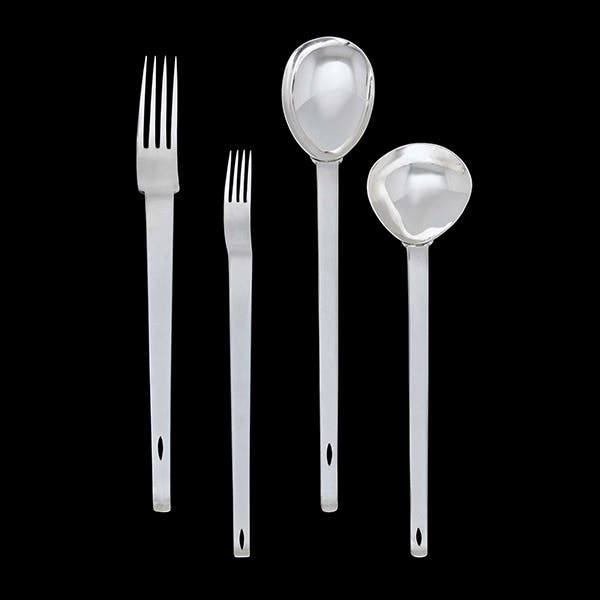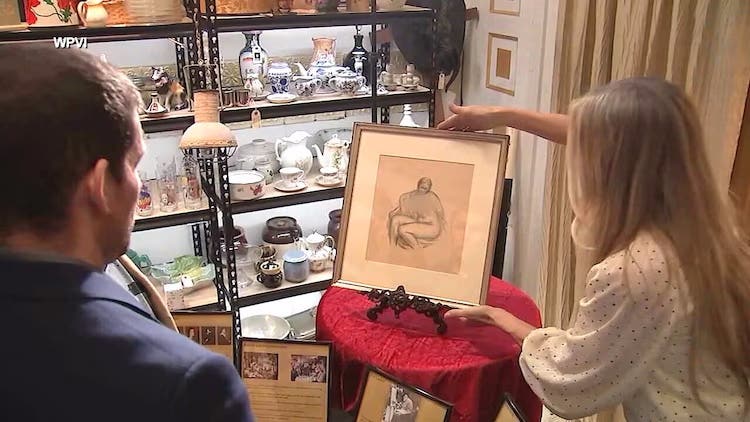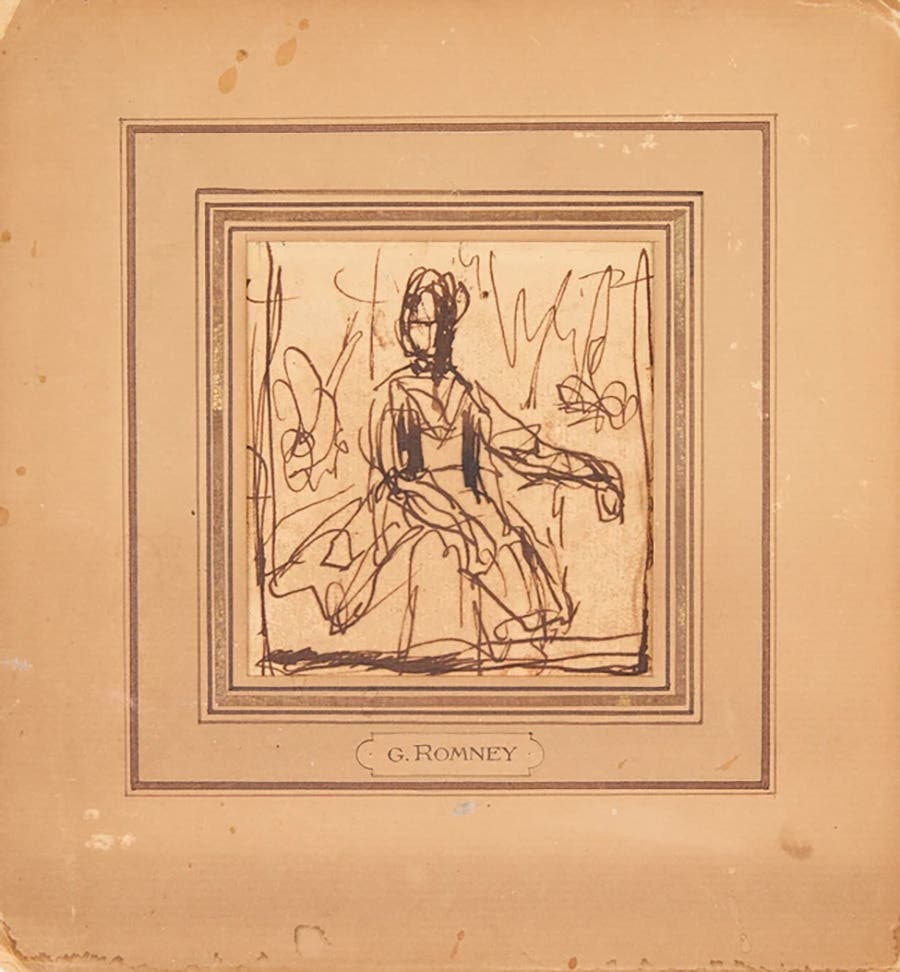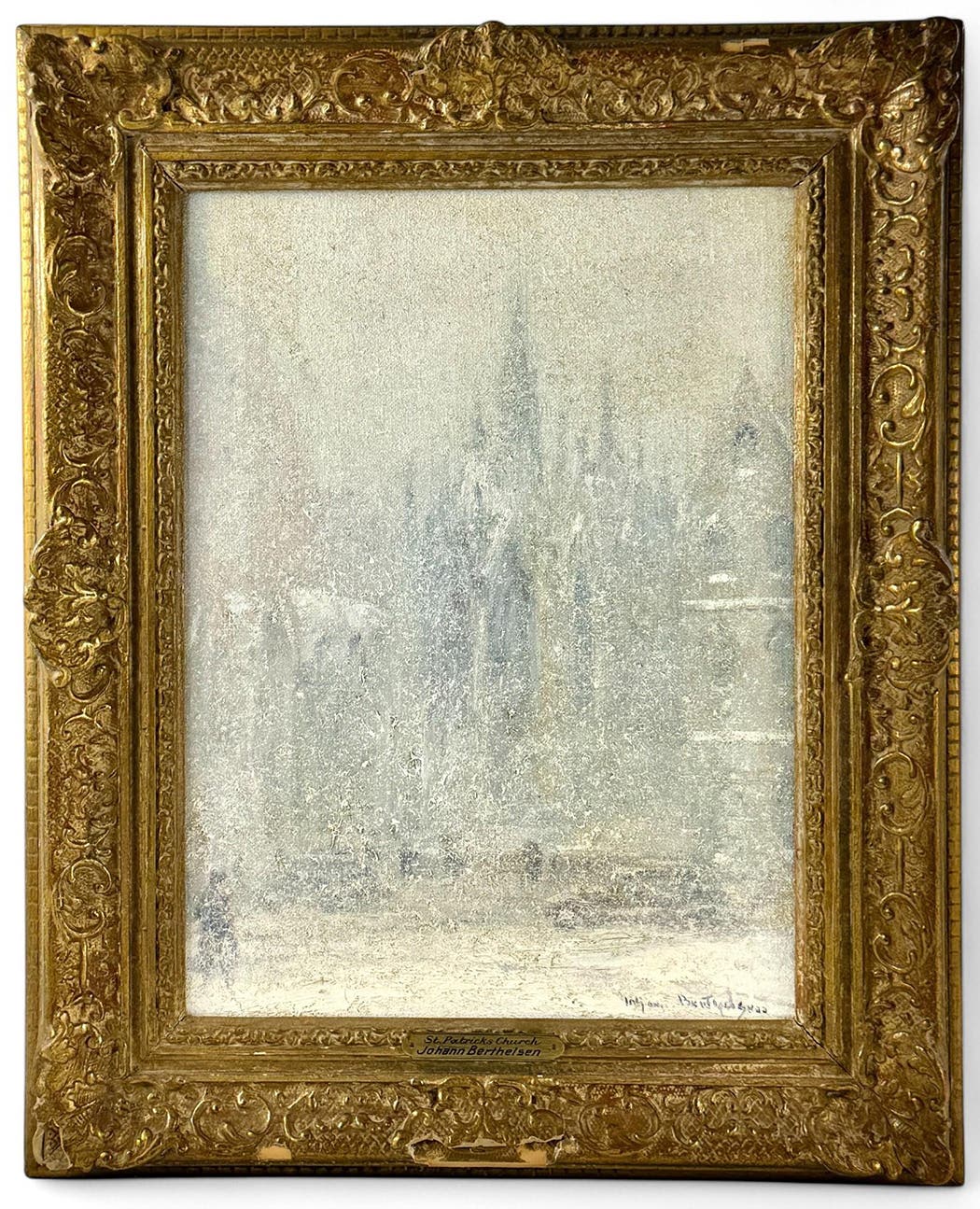Dating antique chess sets using artwork
Gaining the age of antique or collectible is one of the most sought-after items of information. When it comes to determining age of antique chess sets Jon Crumiller suggests using artwork to date sets.
By Jon Crumiller
Editor’s Note: One of the most important questions about antique chess sets is their age. Collector Jon Crumiller explains one method to find the answer.
An important question for the collector/researcher is: How can antique chess sets be accurately dated? There are several methods that can be used to “triangulate” valid date ranges for different types of sets. This column examines one effective and highly interesting method – by finding dated, documented resources. This is evident in books, magazines, prints, and artwork. Historic items that include pictorial representations of chess sets.
Presence of Antique Chess Sets in Art Aids in Identification
A typical example of this dating method is shown in a painting by renowned English artist Francis Cotes (1726-1770). The painting, from 1769, depicts Sir William Earl Welby. He is a British landowner, baronet, and member of Parliament. He appears with his wife, Penelope. The portrait features a chess set on the table.
Chess sets have been used as artistic props for centuries. Not only are they attractive and eye-catching. Their supposed connection with intellect and high-society were desirable for this type of artwork. This same theme continues to the present day: Several recent movies starring fictional cerebral characters such as Sherlock Holmes and James Bond include pivotal scenes using chess as the central intellectual prop.
Looking closely at the painting, it is apparent that the chess set is a later version of the Old English pattern. The conclusion one can draw, especially after examining several similar paintings, is that this chess set pattern existed – and was prevalent – when this artwork was created.
Understanding Chess Patterns
This dating technique is applicable in other examples as well. Another painting, circa 1880, is by Belgian artist P. H. Andreis. Looking closely at the chess set in play by the cavaliers, it is a readily identifiable French Régence pattern chess set. The Régence pattern was very popular in France and surrounding countries in the 19th and 20th centuries.
The same type of set – Régence, late 19th century – in roughly the same position (legal this time, without a white pawn on the first rank) shows that the artist may have taken some liberties with visual perspective. [Regardless, the smirk on the cavalier’s face is appropriate, as white is getting completely crushed!]
Also shown is a painting from the latter-1700s, which was created by Italian artist Domenico Maria Fratto (1669-1763), and is titled, “Caissa Goddess of Chess.” Zooming in again on the chess set in the painting shows that the pieces are busts of royal figures and are highly reminiscent of French Dieppe pieces of the same time frame.
Examining Engravings Adds to Chess Understanding
By comparison, the king and queen pieces from four sets in my collection, all of which were produced by the master carvers of Dieppe, France. Corroborating evidence shows that the Dieppe ivory carvers were most active in the 18th and 19th centuries. Another example comes from Brunswick-Lüneburg, an area that is now part of northern Germany. In 1616, Augustus the Younger, Duke of Brunswick-Lüneburg wrote a treatise on chess, under the pseudonym Gustavus Selenus. This historical chess book includes a famous and important engraving. The pieces can be seen quite clearly by magnifying the engraving (pictured center left on the opposite page).
The Selenus pattern has evolved over the years, but its primary features have survived, as can be seen on the kings and queens – “tiered galleries,” either three tiers (or two) for the king and two tiers (or one) for the queen.
An even older painting (1552) shows a similar Selenus-pattern set. The artist of the painting (shown bottom left of the opposite page) was a German painter, Hans Muelich (1516-1573). Note the tiered kings and queens in this set as well.
Identifying the Commonality of Chess Set Patterns
Because these artworks are true-to-life, they provides reasonable evidence that this Selenus pattern
was one of the common German playing set patterns in the mid 1500s and early 1600s.
In my opinion, the “tiered galleries” feature hails from a medieval pattern, and is present for subsequent patterns.
This technique of dating chess sets using date-specific artwork is applicable on a much broader scale. I’ve compiled a database of over 600 chess-related artworks, covering over 1,000 years and over 40 countries. Not all of these artworks have readily identifiable chess sets, but many of them do, and I have been able to identify 30 well-established chess set patterns.
Before looking at the overall results, it’s important to note some important caveats about attempting to date chess sets by their appearance in (and disappearance from) artworks:
Key Caveats for Dating Age of a Set
* An artist can paint or draw a stylized version of a chess set that doesn’t actually exist at that time and place (“artistic license”)
-- Artists can produce a scene from another country or location
* Scenes from an earlier period in time appear in the art.
-- There appears to be a time lag between the initial appearance of a chess set pattern and its presence in artwork.
The earliest patterns to appear regularly in artwork are a type of medieval design and the Islamic, or Muslim, pattern. Partly because of longevity, it is probably the most prevalent chess set of the current millennium.
Anomalies Detected in Chess Sets
Some of the sequencing of antique chess sets is confirmed by my analysis, e.g. the French Directoire pattern preceding the Régence pattern, and the predecessors to the Staunton design appearing in artwork within the expected time frame.
There are also interesting anomalies. A chess set design known as Biedermeier, allegedly corresponding to the Biedermeier period (1815-1848), does not appear in artwork until much later. In my opinion, those chess sets are not early-to-mid 19th century sets at all, but instead were used in Austrian coffeehouses in the late 1800s and early 1900s.
Jon Crumiller’s antique chess set collection can be seen at http://bit.ly/2wzbzXM. Jon can be reached at jon@crumiller.com.








